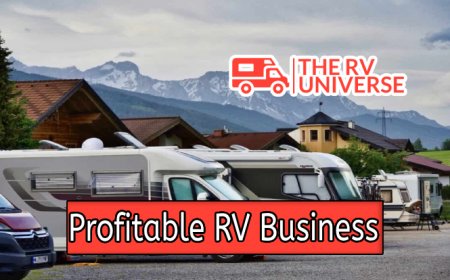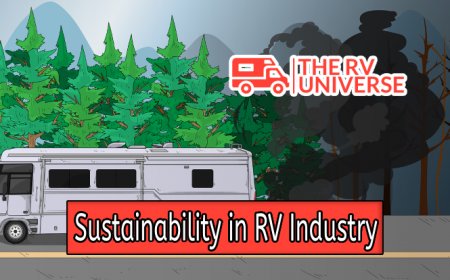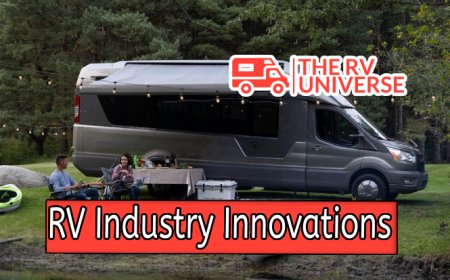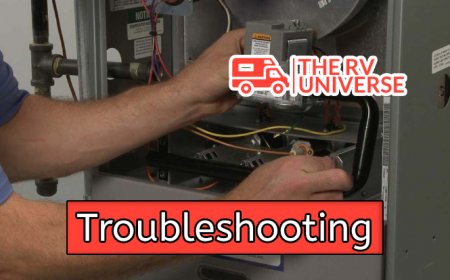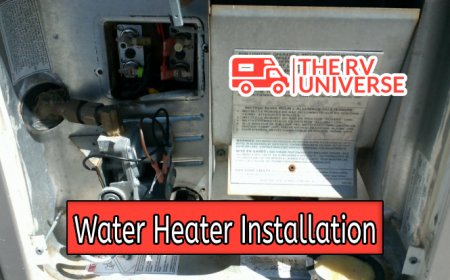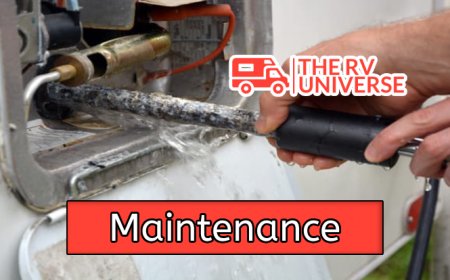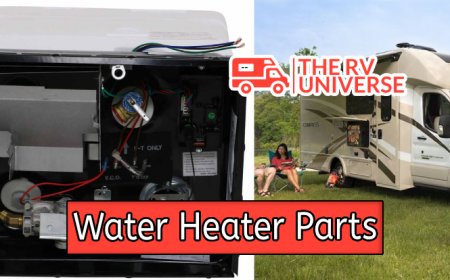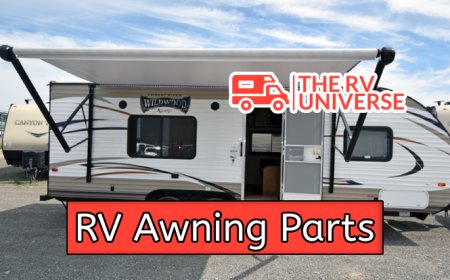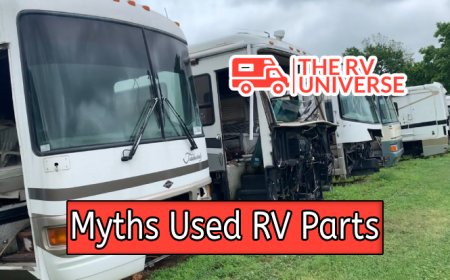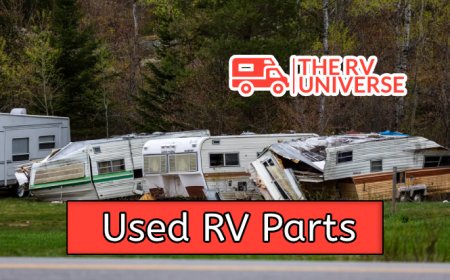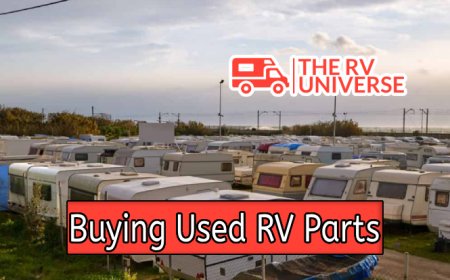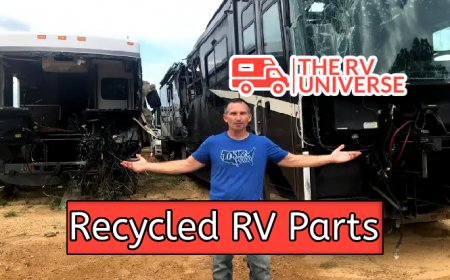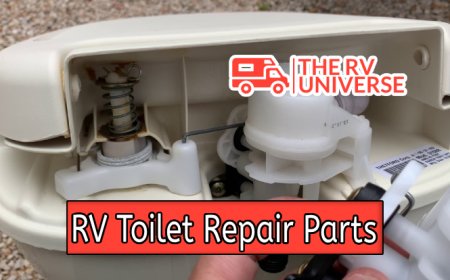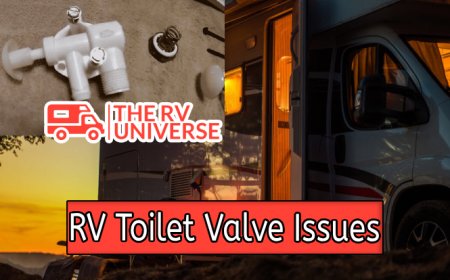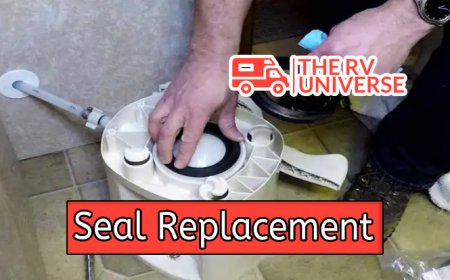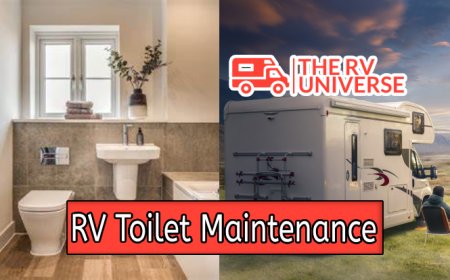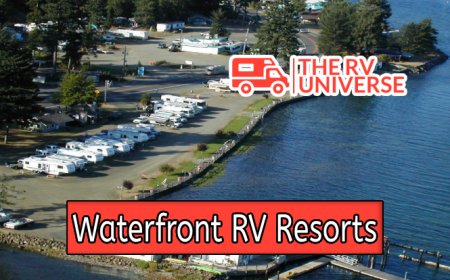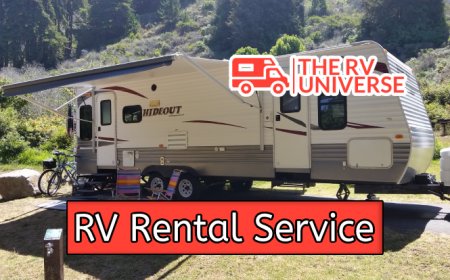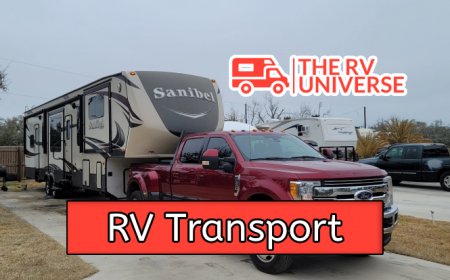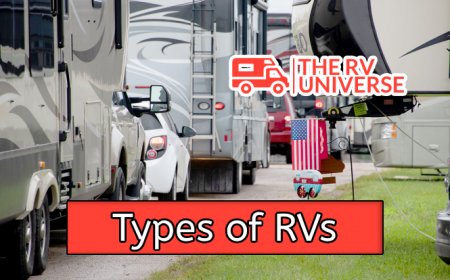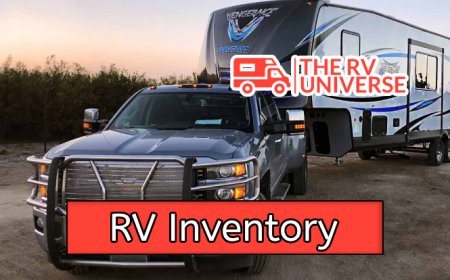Essential Guide to RV Water Heater Parts
Discover essential RV water heater parts, their functions, and tips for selection and replacement that keep your travels warm.
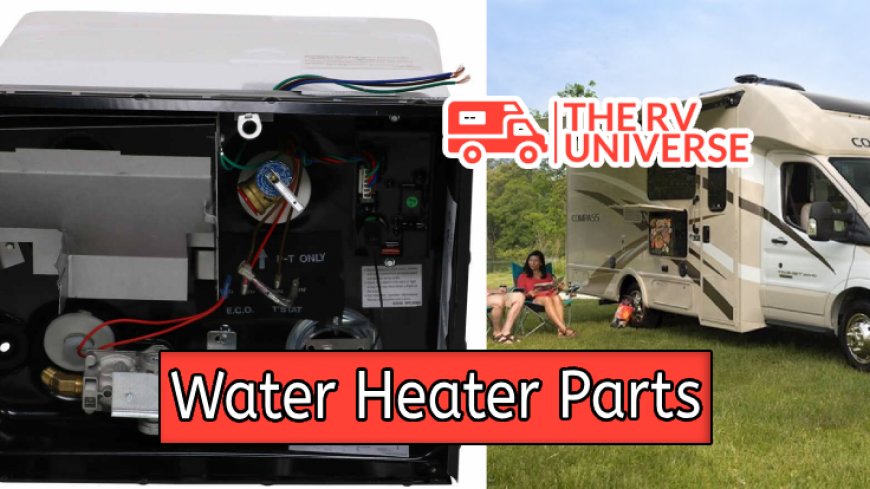
Your RV is more than just a vehicle—it’s your home on wheels. Among the many comforts it provides, one feature that's often taken for granted is a reliable water heater. Yet when it comes to understanding RV water heater parts, many RVers find themselves in uncharted territory. Our essential guide will help demystify these crucial components, ensuring that you'll always have hot water for your journeys.
Understanding Essential RV Water Heater Parts
Whether it's for a refreshing morning shower or a hearty pot of campfire stew, hot water is a necessity on the road. But what are the vital parts that ensure your water stays warm? Let's delve into the mechanics of an RV water heater.
Table of Contents
- The Role of the Anode Rod
- The Heating Element: The Heart of The Water Heater
- Thermostat: Controlling Temperature
- Pressure Relief Valve: A Must for Safety
- Drain Valve: Essential for Maintenance
- Gas Control Valve: Fueling the Flames
- Heat Exchangers: Getting More from Your Heater
- Selecting RV Water Heater Parts
- Replacing RV Water Heater Parts
The Role of the Anode Rod

Despite its unassuming exterior, the anode rod plays a crucial part in the longevity of your water heater. Primarily made of aluminum, magnesium, or zinc, it protects the tank from rust and corrosion by sacrificing itself. Hence, it's often referred to as a "sacrificial rod". Regular inspection and replacement, typically once a year or when about 75% corroded, will keep your water heater running smoothly.
The Heating Element: The Heart of The Water Heater
The heating element, often described as the heart of the water heater, is responsible for heating your water. In an electric water heater, the heating element is usually a metal rod that heats up when electricity flows through it, thereby raising the temperature of the water. The type and power of the heating element change from one model to another. Therefore, checking with your manufacturer for specifications is always recommended.
Working Principle of the Heating Element
The heating element operates on a principle called Joule heating or Ohm's heating. The flow of an electric current through the resistance of the heating element generates heat, which is then transferred to the water in the tank.
Thermostat: Controlling Temperature

The thermostat is an essential part of your water heater system, allowing you to control the temperature of your water. Operating in conjunction with the heating element, it senses the water temperature and triggers the heating element on or off to maintain the desired temperature. A properly functioning thermostat is essential not just for your comfort, but also for the safety of the system, preventing overheating that could cause damage or even a potential fire hazard.
Pressure Relief Valve: A Must for Safety
Think of the pressure relief valve as the safety valve of your hot water system. It is designed to release pressure when the water’s temperature or pressure gets dangerously high, preventing potential tank rupture or explosion. Periodic check-ups are vital to ensure they’re functioning as intended. As a rule of thumb, performing a routine check every six months can be a good habit.
Drain Valve: Essential for Maintenance
- Functionality: The drain valve is used to empty your water heater’s tank for maintenance or winterization purposes. It's typically located near the bottom of the tank.
- Material: Drain valves are generally made of plastic or brass. While plastic valves are more common due to their cost-effectiveness, brass drain valves are more durable and resistant to heat and pressure.
- Maintenance: For efficient functioning, keep the area around the drain valve clean, and be sure to replace it if you notice any signs of damage or leakage.
Gas Control Valve: Fueling the Flames

If you have a gas water heater, the gas control valve is essential. Controlling the flow of gas, this part is responsible for turning the gas supply on when the water needs heating and off when the desired temperature is reached. The equivalent function in a gas heater as the heating element in an electric heater, the gas control valve, has safety measures in place to shut down if a flame isn't detected to prevent gas leakage.
Heat Exchangers: Getting More from Your Heater
A heat exchanger in your RV water heater might sound a bit technical, but it's an amazing piece of engineering that can help improve your on-board heating efficiency. Essentially, it allows your RV's heating system to tap into the hot water produced by your water heater, reducing the need for a separate heating system. A "two birds with one stone" approach, if you will.
Investing in a Heat Exchanger
Should every RV have a heat exchanger? The short answer is - it depends. If you find yourself frequently in colder climates or tend to use a lot of heating, a heat exchanger could be a useful addition to your RV lifestyle. As always, consult with a specialist or your manufacturer to understand what might work best for your specific needs.
Selecting RV Water Heater Parts

Selecting the right RV water heater parts is just as crucial as understanding their roles. Here are some factors you might want to consider when purchasing these components:
- Compatibility: Not all parts will be compatible with every water heater. Ensure to check the specifications from the original manufacturer before purchasing replacements.
- Quality: Choosing high-quality parts can mean a longer lifespan for your water heater and less frequent maintenance or replacements down the line.
- Price: While cost is definitely a consideration, it's usually worth investing in a higher-priced, better quality part to save costs in the long run.
Replacing RV Water Heater Parts
Sooner or later, you'll find yourself in a situation where you need to replace one of your RV water heater parts. While the thought can seem daunting, especially if you're a newcomer to the RV world, don't be panic.
Generally, changing anodes, valves, or even heating elements, can be quite straightforward and could be a manageable DIY task, provided you have a basic understanding of the part's function and are comfortable using tools.
However, if a job seems too complex or involves safety issues—for example, dealing with gas controls—it's always best to leave it to the professionals. Remember, the peace of mind knowing your RV water heater is in optimal condition is well worth the cost of a professional service.
Conclusively, understanding and maintaining RV water heater parts is a crucial aspect of your RV lifestyle. Remember, preparation is king. Equip yourself with the knowledge and tools needed today and enjoy hassle-free, warm travels on the open road.
What's Your Reaction?















